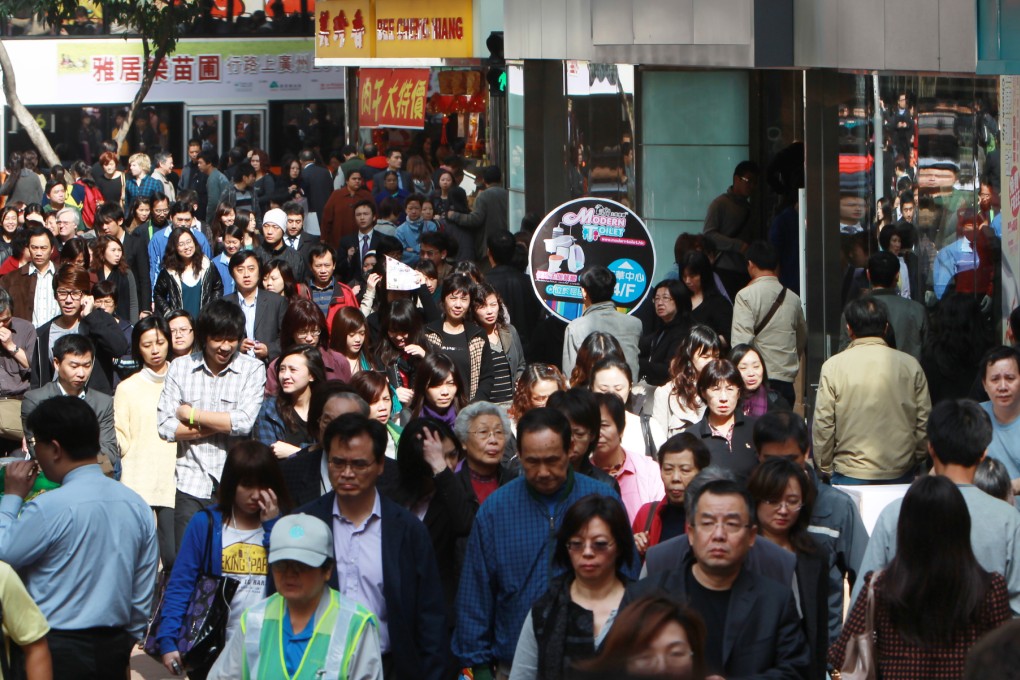Cultural integration in Hong Kong has to be a two-way street
Kareen Tonsing says ethnic minorities in Hong Kong also want to retain their own heritage

Hong Kong's ethnic minorities make up about 6 per cent of its population. A sizeable number hail from South Asian nations and the majority are Hong Kong permanent residents. Some have links to the migrants who settled here in the early 20th century.
While Hong Kong promotes itself as a multicultural society, it is a sad fact that there are many institutional barriers that limit the integration of minority ethnic groups. The government does deserve some credit, however; in recent years, it has taken measures to assist these groups to integrate better, with the setting up of support centres to provide interpretation and other services; the provision of language programmes via various social service agencies; and the enactment of the Race Discrimination Ordinance in July 2008.
However, ethnic minority groups still encounter barriers when seeking access to resources and information in education, housing and health, to name but a few.
While immigrants are expected to integrate into society by learning the local language and adapting to Hong Kong culture and values, it is also important to allow them to retain their own heritage and culture.
In a recent study that I conducted among 447 South Asians, many said that integration or adjustment needed to be a two-way street. They also said that integration needs to go beyond just learning the language or knowing more about the culture, and that expecting ethnic minorities to integrate into the community with no reciprocation was not sufficient.
While integration can foster better intercultural relations and respect for each other's rights, it is important to distinguish it from assimilation, which focuses on expectations that immigrant groups should adopt the host culture and values at the cost of relinquishing their own.